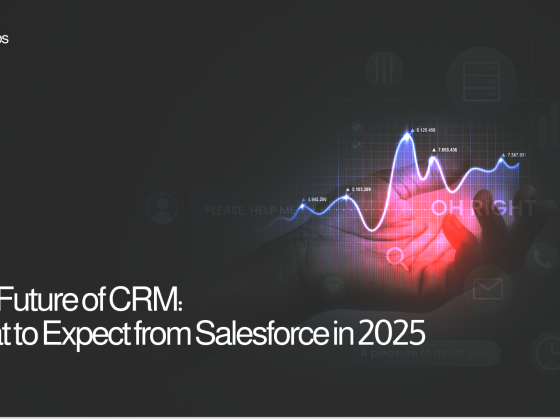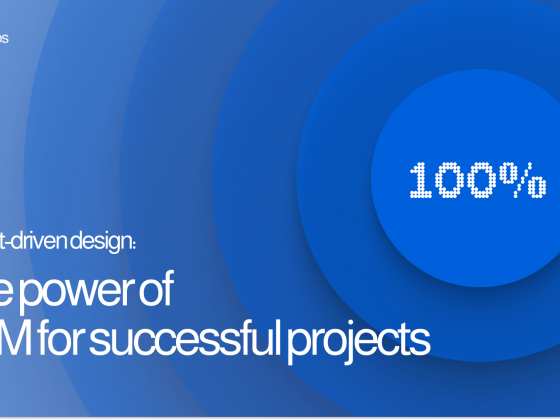In today’s crowded marketplace, where hundreds of products strive for attention, standing out can feel like an impossible task. As a designer, it’s not enough to create a product that’s merely “better designed” than its competitors—you need to create something truly unique. That’s where Blue Ocean Strategy comes into play.
Blue Ocean Strategy is a framework that helps businesses and designers alike carve out a niche in an uncontested market space, or “blue ocean.” Instead of competing in an overcrowded “red ocean,” where rivals fight for dominance (and often bleed profits), you create a product or service so unique that competition becomes irrelevant.
So, how do you apply this strategy to design a product that has no competition? Here’s how you can craft innovative solutions that stand apart from the crowd.
Start with a Blank Slate: Rethink the Market
The key to designing a product with no competition lies in approaching the market with a fresh perspective. Instead of improving on existing products, look for ways to create a completely new category.
Netflix is a perfect example. They didn’t just create a slightly better version of cable TV—they redefined how we consume media by introducing streaming services. This opened up a new market segment where they had no direct competition for years.
Ask yourself:
- What unmet needs do users have?
- How can I address these needs in a way that no one else is doing?
You’ll need to dig deep into user behavior, motivations, and pain points to discover the opportunities that others may have overlooked.
Eliminate, Reduce, Raise, Create
One of the primary tools within Blue Ocean Strategy is the Eliminate-Reduce-Raise-Create (ERRC) Grid, which helps you rethink your product’s key features.
- Eliminate features that users don’t find valuable or that are unnecessary.
- Reduce aspects of the product that are overemphasized in the industry.
- Raise the value of features that are underappreciated but essential to users.
- Create new features that have never been offered before.
Using this approach allows you to design a product that breaks free from industry norms and truly differentiates itself.
For example, Southwest Airlines used this approach to redefine air travel. They eliminated unnecessary frills like in-flight meals, reduced the complexity of flying, and focused on low-cost, frequent flights. As a result, they created a unique, low-cost airline that filled a market need no one else was addressing.
Focus on Non customers: The Key to New Markets
In the context of Blue Ocean Strategy, noncustomers are people who are not currently using products or services in your industry but could potentially benefit from your offering. Designing for noncustomers expands your Total Addressable Market (TAM) a concept we discussed earlier and helps you access untapped demand.
Think about Cirque du Soleil. Instead of competing with traditional circuses, they identified an entirely new audience—adults who wanted a high-end, artistic entertainment experience. By focusing on this previously ignored demographic, they created a new market where they had no competition.
To identify noncustomers, consider:
- Who could benefit from a solution but isn’t being served by the current offerings?
- What barriers are preventing them from entering the market?
Design your product in a way that breaks down these barriers, and you’ll open yourself up to a whole new audience.
Reimagine User Experience: Design from the Ground Up
When designing a product with no competition, user experience (UX) is your biggest differentiator. Create a product that solves problems in ways others haven’t considered.
Keeping Netflix as an example, the shift they created from cable TV to streaming, reimagined the entire viewing experience by focusing on convenience, accessibility, and personalization. By offering on-demand content without ads, available anytime and anywhere, Netflix created a product that became indispensable for its users.
To reimagine the user experience:
- Put the user at the center of the design process. Start with their pain points and create a solution that’s easier, faster, and more enjoyable.
- Streamline every touchpoint. Remove friction in the user journey, making the process seamless from start to finish.
Use Visual Tools to Differentiate Your Design
Clear visual communication is essential for differentiating your product in the market. One powerful tool for designers is the Strategy Canvas, a visual framework that plots competitors along an x-axis of product features and a y-axis of offering level (1-10). This makes it easy to identify areas for innovation and opportunities to stand out.
Start by mapping out the main features of your competitors’ products. Then, create a new line that shows how your product will differ—whether by eliminating certain features, enhancing others, or introducing entirely new ones. This visual guide helps stakeholders and clients understand how your design offers something truly distinct.
For example, if you were designing an app for fitness, you could highlight how your app simplifies the workout experience, introduces personalized training programs, and integrates with social platforms—features that current offerings might not emphasize.
Test, Iterate, and Evolve: Designing for Long-Term Success
Once you’ve designed your product, it’s time to test it in the market. These types of products often evolve based on real-world feedback, so listen closely to your users and be willing to adjust.
After launching, continually ask:
- How is the market responding to your product?
- What feedback are you getting from new users?
- Are there features that need to be refined or simplified?
The beauty of Blue Ocean Strategy is that it allows your product to evolve in response to the market—without worrying about direct competitors catching up. As you iterate, your product can grow alongside the needs of its users.

Final Thought
Designing a product that has no competition requires more than just creativity—it requires strategy and a framework for thinking beyond the obvious and uncovering new opportunities that others may have missed.
By following the steps outlined above, you can create products that are not only unique but also valuable to users in ways that existing solutions cannot match. Whether you’re eliminating unnecessary features, catering to noncustomers, or reimagining the user experience, the goal is to create something so distinct that it opens up new market spaces.
In the end, designing for a blue ocean isn’t just about being different—it’s about offering unprecedented value that draws users in and keeps them engaged. So, as you approach your next design project, challenge yourself to think bigger, deeper, and beyond the competition. That’s where real innovation happens.
Ready to build a game-changing product that stands out in a crowded market? At Brim Labs, we specialize in AI, full-stack development, and cutting-edge digital solutions to help you create innovative, competition-free products. Let’s craft something extraordinary—schedule a call today!




